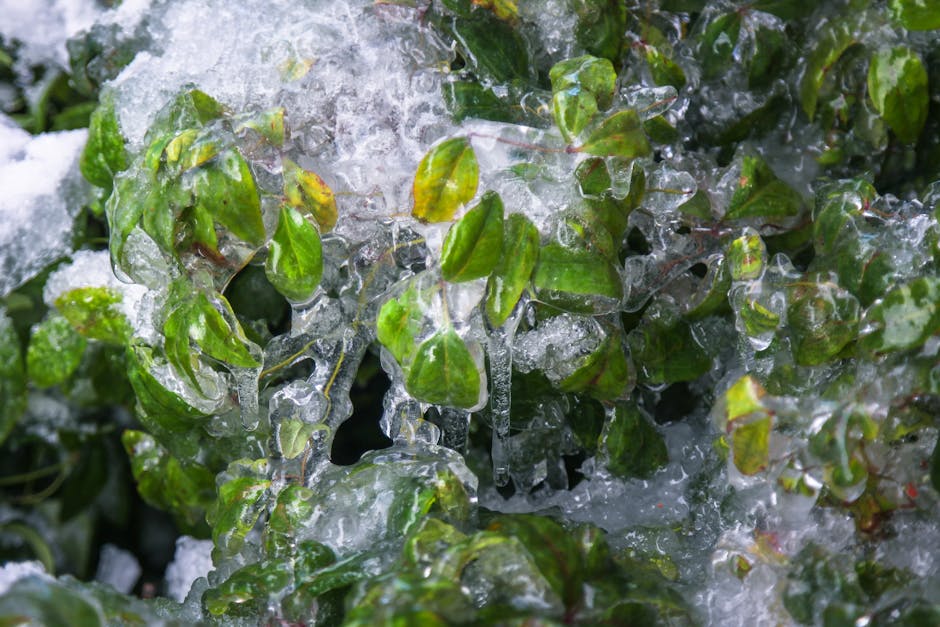Gardening enthusiasts know the importance of timing when it comes to planting and maintaining a garden. One of the most crucial aspects to consider is frost dates. In this guide, we’ll dive into the significance of frost dates, how to find them, the levels of frost, and essential tips for preparing your garden to withstand frosty conditions.
Table of Contents
Why Frost Dates Matter
Imagine planning a perfect picnic without checking the weather forecast, only to have your day ruined by rain. Similarly, planning your gardening activities without understanding frost dates can lead to unforeseen damage to your plants. Frost dates determine when it’s safe to plant seedlings and protect sensitive plants from cold damage.
Finding Your Frost Dates
To find your frost dates:
- Use Your Zip Code: Websites and gardening tools often allow you to input your zip code to get localized frost date estimates.
- Consult Local Extensions: Local agricultural extensions or gardening clubs usually provide valuable information on frost dates.
- Check Seed Packets: Many seed packets offer guidelines on when to start planting, based on an area’s frost dates.
Keep in mind that frost dates are estimates, not exact predictors. There’s always a chance of unexpected frost.
Understanding Frost Levels
Understanding the different levels of frost can help you prepare for its potential impact:
- Light Frost: This occurs when temperatures drop just slightly below freezing. It can harm tender plants but often spares more resilient varieties.
- Moderate Frost: Expected when temperatures are lower, moderate frost can damage a broader range of plants.
- Severe Frost: Severe frost causes the most significant damage, affecting nearly all types of plants.
Frost Preparation Tips
Preparing for frost involves more than just watching the thermometer. Wind and moisture levels also play crucial roles in frost formation. Here are some essential tips:
- Monitor Weather Apps: Use weather apps to receive alerts for frost warnings in your area.
- Cover Vulnerable Plants: Use frost cloths or blankets to cover sensitive plants like citrus trees when frost is predicted.
- Water Your Garden: Moist soil retains heat better than dry soil, helping to protect plant roots from freezing.
- Move Potted Plants Indoors: If possible, move potted plants inside during frost warnings to keep them safe.
Conclusion
Understanding and planning around frost dates is essential for any gardener. Whether you’re a seasoned pro like Janie from northern California or new to the world of gardening, being aware of frost dates and preparing accordingly can help ensure a productive and thriving garden. Stay informed, stay prepared, and enjoy the benefits of a garden that’s ready to face the cold!
